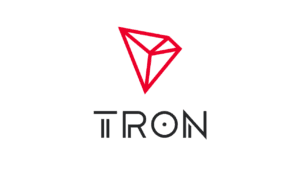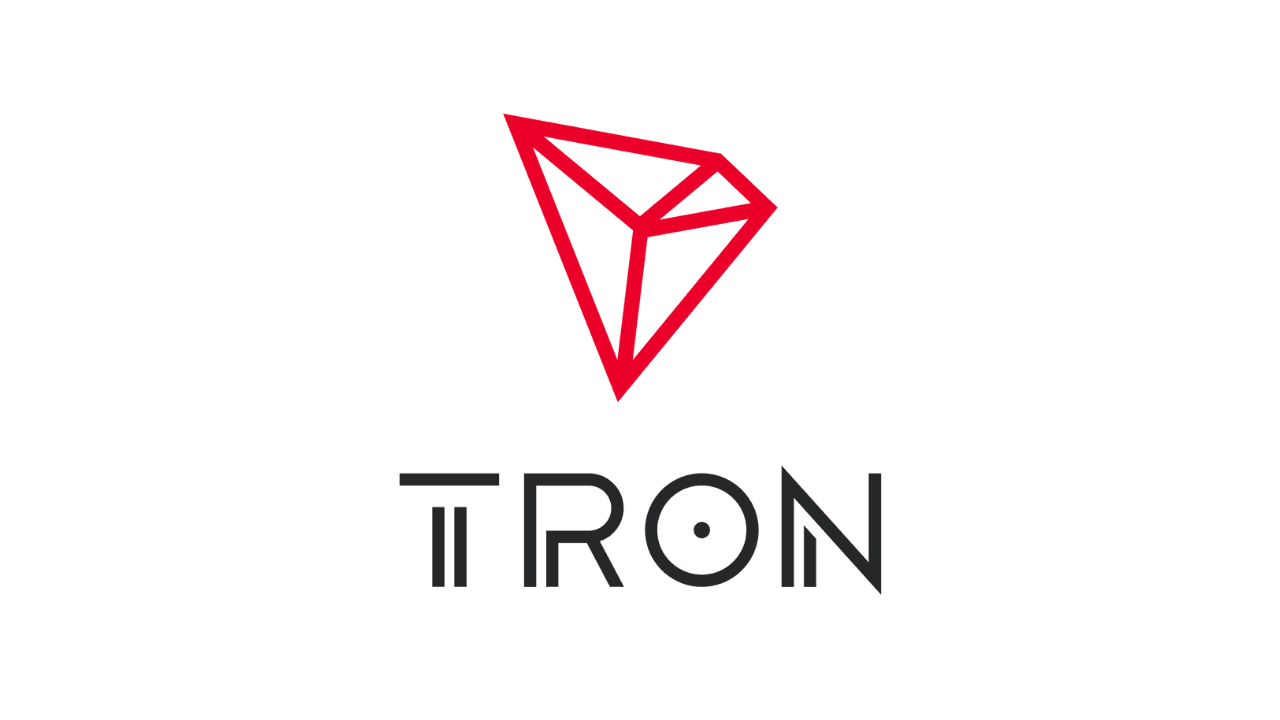As Bitcoin continues to make significant strides toward becoming a bona fide asset class and a global store of value, it faces a complex path to mainstream adoption in Europe. The region grapples with a myriad of complications that hinder the cryptocurrency’s progress. As a financial services trade publication, it is our duty to investigate these issues and assess their impact on the European Bitcoin scene.
Table of Contents
ToggleBitcoin Regulatory Uncertainty
One of the most formidable obstacles that Bitcoin faces in Europe is the ever-changing regulatory landscape. The approach to cryptocurrency regulation varies across European countries, creating a confusing environment for businesses and individuals trying to navigate the industry. The lack of a consistent regulatory framework breeds confusion and discourages potential adopters. Regulatory certainty is pivotal for building trust in the Bitcoin sector, attracting institutional investors, and fostering broader use.
The European Union has taken steps to address this issue by introducing the Markets in Crypto-Assets (MiCA) law, which aims to establish a unified legal framework for digital assets. However, implementing such regulations across all member nations is a complex process, and disparities among governments may impede Bitcoin and other cryptocurrency adoption.
Consumer Protection Challenges
Another crucial challenge in the European Bitcoin scene is consumer protection. While cryptocurrencies offer many advantages, they also expose users to various risks, including fraud, scams, and hacking. In some European countries, investors are vulnerable due to the absence of adequate consumer protection regulations and regulatory oversight. This hinders widespread adoption, as potential users are hesitant to enter a market where they may not have proper recourse in case of disputes or losses.
Certain European governments have initiated efforts to establish crypto-specific regulatory bodies and investor protection measures. These initiatives aim to enhance consumer trust and create a safer environment for cryptocurrency adoption. However, achieving consistency and effectiveness across all European nations remains a formidable task.
Taxation and Reporting Complexities
Taxation and reporting regulations present another barrier to Bitcoin adoption in Europe. Many European countries have implemented strict cryptocurrency tax rules, making it challenging for individuals and corporations to comply. Cryptocurrency transactions, whether for purchasing goods and services or trading, often have complex tax implications that vary by jurisdiction.
The lack of clarity in tax regulations can lead to unintentional noncompliance and the risk of penalties or legal consequences, deterring users from engaging in cryptocurrency activities and limiting its acceptance as a legitimate form of payment. To reduce the burden on cryptocurrency users and promote broader acceptance, clear and simplified tax guidelines, as well as improved reporting procedures, are necessary.
Hesitation of Financial Institutions
Traditional financial institutions, such as banks, have traditionally been cautious about embracing Bitcoin and other cryptocurrencies. Their hesitance stems from concerns about the potential risks associated with digital assets, including money laundering, fraud, and market volatility. This cautious approach has limited support for cryptocurrency-related services and products.
However, some European banks and financial organizations are gradually warming up to the idea of offering cryptocurrency services. Growing customer demand and recognition of the blockchain’s potential for financial innovation are driving this shift. Nevertheless, the pace at which traditional financial institutions incorporate and integrate cryptocurrencies into their products remains slow, hindering widespread Bitcoin adoption.
Public Perception and Education
The acceptance of Bitcoin in Europe is heavily influenced by public perception and education. Despite their increasing popularity, cryptocurrencies still suffer from a significant knowledge gap. Many potential users lack understanding of how Bitcoin works, its potential benefits, and its risks. This lack of awareness can lead to mistrust and reluctance to invest in or use Bitcoin.
Addressing this issue requires comprehensive education and awareness programs. Governments, industry stakeholders, and cryptocurrency proponents must collaborate to provide the public with accurate and readily available information. European governments can pave the way for broader adoption by demystifying Bitcoin and emphasizing its potential as a secure and efficient means of transferring wealth.
Accessibility and Infrastructure
The availability and accessibility of Bitcoin infrastructure in Europe remain inconsistent. While some governments have embraced the technology and offer a range of Bitcoin services, others lag behind. Potential users in areas with limited infrastructure may find it challenging to acquire, store, and use Bitcoin.
To promote adoption, it is crucial to invest in the development of a robust cryptocurrency infrastructure, including cryptocurrency exchanges, wallets, and payment gateways. Furthermore, increasing access to these services in rural and underserved areas will be crucial to ensuring that Bitcoin adoption is not confined to urban areas.
Environmental Concerns
The environmental impact of Bitcoin mining has received significant attention and poses a hurdle to its adoption in Europe. Concerns about the carbon footprint of mining operations, particularly those using fossil fuels, have sparked debates about Bitcoin’s long-term sustainability as a digital asset. Some European countries have implemented stringent environmental regulations for cryptocurrency mining, while others have outright banned it.
To address these concerns, the cryptocurrency community must explore more environmentally friendly mining technologies and practices, such as transitioning to renewable energy sources. Additionally, increased transparency and accountability in mining operations can help mitigate the environmental risks associated with Bitcoin adoption in Europe.
Old Continent, New Challenges: Bitcoin Adoption in an Aging Society
The rise of blockchain technology and cryptocurrencies has undeniably disrupted traditional finance. However, the journey to mass adoption faces unique challenges in different parts of the world. In Europe, one of the significant hurdles is the demographic makeup of its banking users.
Aging populations have become a defining characteristic of Europe. Advances in healthcare and living standards have led to increased life expectancy. While longer life spans are a triumph of modern society, they have unintended consequences for the financial sector.
The average age of individuals using banking services has steadily increased, making the financial industry more resistant to technological changes. Unlike younger generations, the elderly demographic has spent decades navigating traditional financial systems. This deep-rooted experience has made them less inclined to embrace newer technologies, such as blockchain and cryptocurrencies.
Moreover, the older generation has significant wealth amassed in the current financial system. The prospect of transferring assets to blockchain-based platforms or adopting digital currencies holds little appeal when they are comfortable with their existing financial arrangements.
This demographic challenge presents a unique puzzle for the cryptocurrency community. Europe’s aging society calls for a nuanced approach to adoption, one that caters to a demographic that is less tech-savvy and more averse to change. The transition to digital currencies and blockchain technologies must consider the preferences and needs of older users, ensuring they don’t get left behind in this financial revolution.
In overcoming this challenge, the cryptocurrency industry might need to bridge generational gaps, offering solutions that cater to both young, tech-savvy users and their more conservative, elderly counterparts. Achieving widespread adoption in the old continent means finding a balance that can accommodate the diverse needs of a society where age plays a significant role in financial decision-making.
In conclusion, Bitcoin’s path to mainstream adoption in Europe is marked by a series of challenges, including regulatory uncertainty, consumer protection issues, taxation complexities, and concerns about environmental impact. However, with concerted efforts from governments, industry stakeholders, and the cryptocurrency community, these hurdles can be overcome. Additionally, addressing the unique demographic challenges posed by Europe’s aging population is crucial for ensuring that Bitcoin and blockchain technology become integral parts of the region’s financial landscape.













